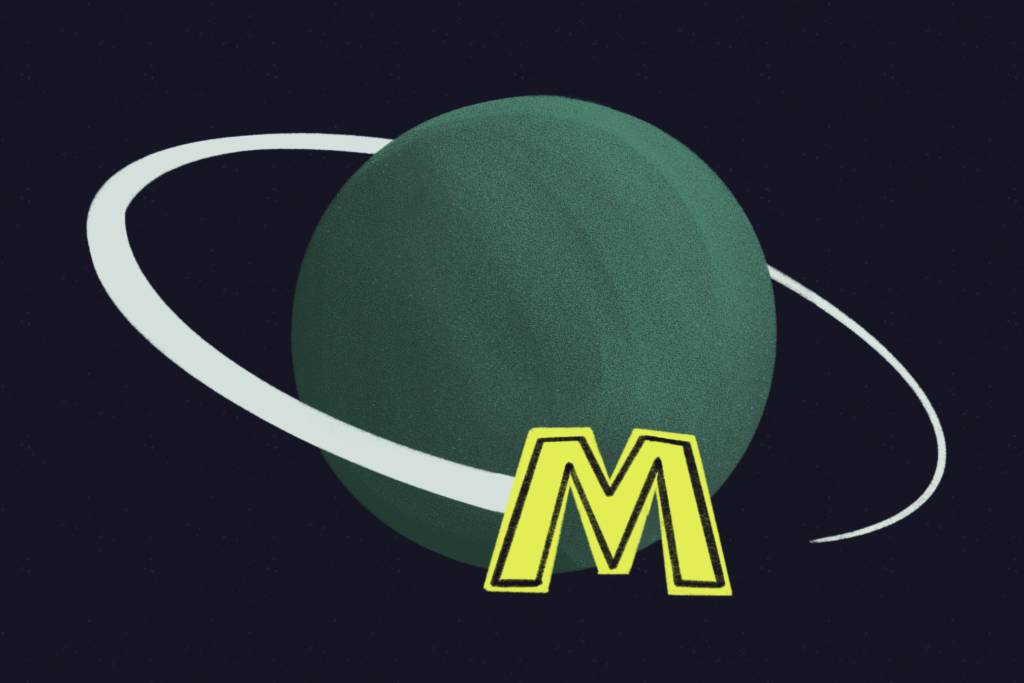The U.S. Space Force has selected the University of Michigan to participate in the Space Strategic Technology Institute 3, a partnership between the Space Force, eight academic institutions, and seven other companies focused on research and development. The university will receive $34.9 million in funding to work with Rochester Institute of Technology and other SSTI 3 members to develop new methods of advanced space power and propulsion.
Benjamin Jones, associate professor of aerospace engineering and director of the institute, wrote in an email to The Michigan Daily that he hopes the collaboration will increase the university’s importance in the space industry.
“This is the first collaboration of this magnitude between a university and the USSF, and it is an exciting opportunity to move quickly,” Jones wrote. “We hope this institute will become a go-to academic center for advanced space technology research that will benefit (the University), the Department of Defense, commercial space, and NASA.”
The Service established the SSTI program through the USSF University Consortium to fund space technology research that could ultimately be used by the government. Last year, SSTI 1 focused on geostationary orbit and the space domain, while SSTI 2’s research was centered around space mobility, access, and logistics.
Jones said academic institutions share a similar passion with the USSF in translating research and development into practical applications.
“Universities are uniquely positioned to engage in high-risk research, exploring novel ideas and solutions to difficult problems,” Jones wrote. “The hope is that some of these risks will pay off, enabling new technologies for space applications. By partnering with small, agile companies, universities can make advances in their labs more quickly. We have the means to convert it into useful technology.”
The service began accepting proposals for the third SSTI in December 2023. To be selected, universities submitted a white paper and then a full proposal. The result was $34.9 million in awards for research on solar cells, thrusters, and other space power-related topics. . Jones said the university was chosen because of its proficiency in focus areas such as space propulsion research.
“Thanks to the work we’ve done over the last few years, we’re now ready to begin operating this lab in earnest,” Jones said. “The University of Michigan is also a leading research center pioneering breakthrough power conversion and power management technologies. These core competencies are supported by a team of experts from eight universities and seven small businesses across the country. is complemented by.
SSTI 3 research will be an interdisciplinary effort at the university. In addition to members of the Astrophysics Institute, the departments of nuclear engineering and radiation science, electrical engineering and computer science, aerospace engineering, and chemical engineering will all contribute to the institute, Jorns said.
William Hurley, a Rackham student and PEPL doctoral student, said in an interview with the Daily that the opportunity to collaborate with other experts in different fields will be an important part of the institute’s success.
“I work very closely with everyone at PEPL, but I don’t get many great opportunities to collaborate with other labs and other institutions and see how they do things,” Hurley said. he said. “Having the opportunity to interact and build connections with experts from different fields is really valuable and I don’t think it would really be possible without opportunities like this.”
Hurley also said that funding from the USSF will allow UM researchers and students involved in the lab to spend more time on research without worrying about financial burdens.
“It’s really gratifying to know that people are interested in the work we’re doing and think it’s important,” Hurley said. “But it also really helps give you the freedom to explore difficult challenges. I think it can be difficult sometimes when you have to get something right on the first try right away. Now, all at once. You don’t necessarily have as tight of a budget as a graduate student (or) if you have the space and the funds to try multiple things and do really good work and get things done right.”
Matt Nurick, a third-year engineering student and president of the UM student chapter of the American Institute of Aeronautics and Astronautics, said the funding and selection from USSF highlights the university’s success in the aerospace field and will benefit future programs and students. He also told the Daily that he will be increasing his opportunities. .
“This investment truly recognizes the excellence that our university represents,” Nurick said. “This is a demonstration that the work being done at this institution is meaningful and important, and it’s also really extraordinary external feedback. This funding will bring the Department of Aerospace Engineering to a state-of-the-art Not only will it allow research to continue, but it will also allow the university to continue to attract and employ world-class resources and educators, which all students will benefit from.”
Daily staff reporter Marissa Corsi can be reached at macorsi@umich.edu.

